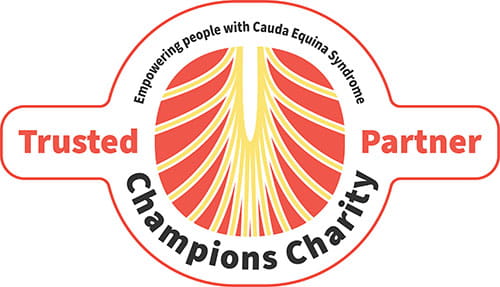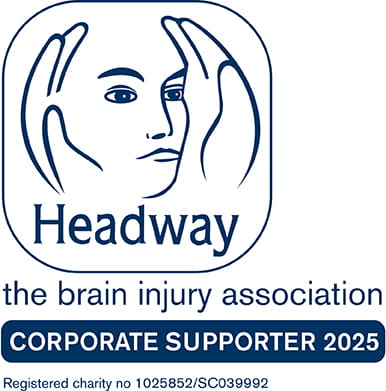If not recognised and treated soon enough, pressure sores can have a devastating impact, damaging muscle or bone underneath the skin, and leaving a patient susceptible to a fatal infection. Severe ulcers can take a very long time to heal and may significantly extend the time a patient has to spend in hospital. The high incidence of bed sores is a concerning, particularly among vulnerable patients.
Pressure sores or ulcers are much more common among patients who are unable to move because of paralysis, illness or old age. See the official classification to describe the severity of bed sores or pressure ulcers at the end of this article.
Skin lesions can be caused by friction, temperature or incontinence but are most frequently brought on by unrelieved constant pressure on one part of the body including bony areas such as the elbows, knees, ankles and sacrum (the triangular bone at the base of the spine between the two hip bones).
Back in the 1950s, a nurse called Doreen Norton demonstrated that the best treatment and prevention of bed sores was removing the pressure by turning the patient every two hours. Norton, who died in 2007, was instrumental in changing nursing practices to effectively treat pressure ulcers which only a few decades ago were a major killer.
However, if that’s all it takes - turning a patient or resident every two hours - to prevent bed sores you may well ask why there is an upsurge in cases?
Sarah Cunliffe, is lawyer in Shoosmiths’ Northampton office, specialising in cases involving elder abuse or neglect. She has acted for several clients who have suffered pressure sores and in 2019 achieved a settlement for a client, which was the largest of its kind at the time. Sarah said:
"I am advised by expert opinion that there can be no defence against allowing a bed sore of grade 3 or 4 to develop. The ongoing high level of cases is very concerning and may be a reflection of cuts and poor standards of care."
In the UK, it is estimated that between 4% and 10% of all hospitalised patients develop at least one pressure ulcer and almost 70% of elderly patients with mobility problems will develop them. That’s significant as sustained pressure can not only lead to bed sores but can also cut off circulation to vulnerable parts of the body, especially the skin of the buttocks, hips and heels. The affected tissue dies if it does not receive an adequate flow of blood.
Sarah comments:
“All hospital inpatients and care/nursing home residents should be assessed in relation to their skin integrity and the risk therefore of them developing pressure sores. Steps should be taken to reduce the risk of that individual developing pressure sores. Steps can include for example, turning the individual frequently or nursing them on pressure reliving equipment. If you or a loved one develop pressure sores that should call for investigation."
What to do if you are concerned about bed sores
We are experienced in handling these sensitive cases and appreciate the reservations you may have, particularly if the person you are concerned for remains in the care of the nursing staff you may wish to complain about. Call our free client services team on 0370 086 8687 or contact us online. The client services team is available Monday to Friday 9 am to 5.30pm.
Bed sore/pressure ulcer grading system
The more severe the ulcer, the longer it takes to heal and the greater the incidence of complications in more severe cases.
- Grade 1: non-blanchable erythema of intact skin (i.e. a redness of the skin surface that persists even when pressure is applied), discolouration of the skin or warmth such as you’d get with a wound or infection.
- Grade 2: partial skin loss involving epidermis, dermis, or both. The ulcer looks like an abrasion or blister. Surrounding skin may be red or purple.
- Grade 3: full skin loss involving damage to or necrosis (tissue death) of subcutaneous tissue.
- Grade 4: extensive destruction, tissue necrosis, or damage to muscle, bone, or supporting structures with or without full-thickness skin loss. Extremely difficult to heal and liable to lead to a fatal infection.
Disclaimer
This information is for educational purposes only and does not constitute legal advice. It is recommended that specific professional advice is sought before acting on any of the information given. © Shoosmiths LLP 2025





















